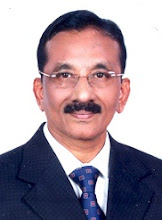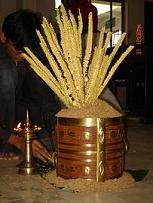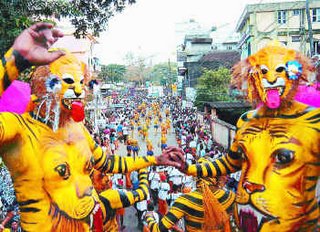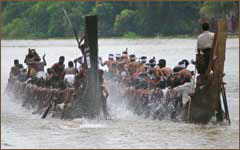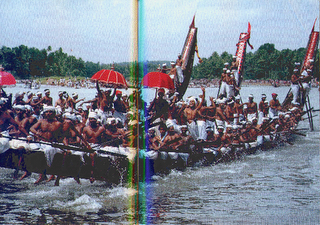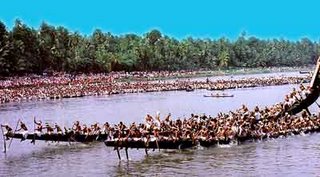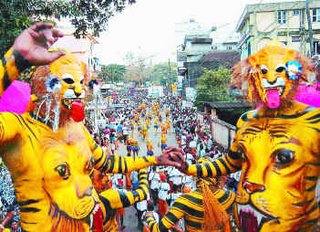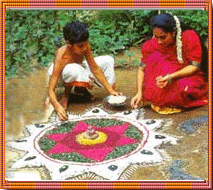
The hotels and resorts in
1. Anantara Resort
Anantara Resort is just 30 minutes away from the
Dhigufinolhu, Male
Ph: 00960 664 4100
Website: www.anantara.com/html/resort/maldives/intro.html
2. Banyan Tree
Banyan Tree is in the hub of North Male Atoll in
Ph: 00960 664 3147
Website: www.banyantree.com/maldives/index.htm
Email: Maldives@banyantree.com
3. Full Moon
Come to relax from the busy schedule of daily life at Full Moon enjoying small luxuries of life. You can select from the Beachfront Deluxe Room, Beachfront Cottage, Water Bungalow, Water Villa and Water Suite to get the mesmerizing views from your room. Relish the variety of cuisines at the Drifter’s Club, Beach Bar, Full Moon Restaurant, Sand Coast Café, Atoll Grill, Ban Thai and Casa Luna. Plenty of attractions such as the spa, swimming pool, water sports and excursions are there for you to enjoy your vacations.
Orchid Magu, Male
Ph: 009606642010
Website: http://www.fullmoonmaldives.com/
Email: reservations@fullmoon.com.mv
4. Hilton
Ph: 00960 668 0629
Website: http://www.hilton.com/en/hi/hotels/index.jhtml?ctyhocn=MLEHITW
5.
Holiday Island Resort is located on the tip of South Male Atoll. The luxury property offers 142 rooms with impeccable interiors. The western as well as orient cuisines are on the menu for the guest to go on a gastronomical journey. The recreational facilities at the resort include discotheque, gymnasium, tennis court, water sports, weekly live bands and several cultural events.
Dhiffushi, South Ari Atoll
Ph: 00960 450 011
Website: www.villahotels.com/ResortInfo_holiday_index.html
Email: infor@hoilday-island.com.mv
6.
Beautifully designed Paradise Island Resort is a haven of natural sceneries and serenity. The resort offers 220 beach bungalows and 40 water bungalows to have a comfortable and luxurious stay. You can enjoy a delectable fare at five specialty restaurants serving Japanese and Italian cuisine along with seafood to satisfy your hunger pangs. There are plenty of leisure and recreational facilities to keep you hooked to the island including discotheque, souvenir shop, swimming pool, massage center, tennis court, fishing trips and water sports.
North Male Atoll
Ph: 00960 440 011
Website: http://www.villahotels.com/ResortInfo_paradise_facts.htm
Email: info@paradise-island.com.mv
7.
A part of Villa Hotel Chain, Royal Island Resort is only 30 minutes from Male. The deluxe rooms fitted with all the comforts to make the guests feel relaxed. The Maakana Restaurant, Raabondhi Restaurant, Boli Bar, Fun Pub, Pool Bar and The Palm Terrace at the resort offer gourmet specialties from all over the country. The guests can enjoy the facilities at hotel during their stay such as tennis court, gymnasium, city, excursions, fishing trips and water sports.
Horubadhoo, Baa Atoll
Ph: 00960 660 0088
Website: http://www.royal-island.com/
Email: info@royal-island.com
8. Soneva Fushi and Six Sense Spa
Soneva Sushi is a luxury resort on a largest private
Ph: 009606600404, 009660305
Website: http://www.slh.com/maldives/kunfunadhoo_island/hotel_shimal.html
9.
Sun Island Resort is a picture of privacy and tranquility at South Ari Atoll 62 miles away from the airport. 350 rooms including 80 water bungalows and water suites, gives tourists a wide choice of rooms. Dig into the culinary feast at the Maaniyaa Restaurant, Vani Coffee Shop & Bar, Mekunu, Beach Bar, Club Green House Bar, Guraamuli Grill Terrace and Bar, Lobby Bar, Ristorante Al Pontile & Bar, Southern Star Restaurant & Bar, Sun Star Thai Restaurant & Bar. Leisure activities to keep you busy are the swimming pool, games arcade, gymnasium, aerobics, Japanese massage treatment, water sports and souvenir shop.
Nalaguraidhoo, South Ari Atoll
Tel: 00960 668 0088
